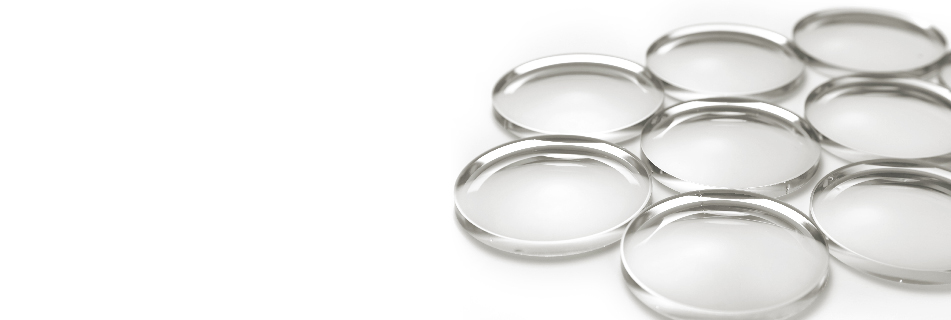
Frequently asked questions
Each of the materials on which the lenses are composed have an associated refraction index, which determines the thickness of the lens. Standard lenses have an index of 1,50 and from there, the higher the lower and thinner the lens will be.
They weigh less and are therefore more comfortable. They also have aesthetic advantages, as they reduce the thickness of the glass that is so annoying in high grades.
No, the adaptation to the progressive lenses is usually fast. Depends on the design of the progressive you choose. If you choose a custom design, tailored to your graduation, the appearance and adapted to the characteristics of the chosen frame... the adaptation will be immediate.
The world is increasingly digital and most of us use digital devices from morning to late in the day, both to work and to work. For example, laptops, tablets, mobile phones and TVs...
Due to the short distance we maintain with these devices, we are increasingly exposed to light emitted by screens. Our eyes also make a great effort by constantly alternating between photos and texts. Adults use digital devices between 4 and 6 hours a day, while 14% use between 10 and 12 hours a day. It is therefore no longer surprising that more and more people suffer from discomfort such as:
- Red and irritated eyes
- Dry eyes
- Blurred vision
- Tiredness
- Back, neck and shoulder pain
- Headaches
Blue light
All LCD and LED computers and screens, mobile phones, tablets and GPS devices emit blue light, also known as high-energy visible light. With the improvement in screen quality, blue light emissions are increased. Although blue light itself is a natural phenomenon (it is present in sunlight and helps us to stay awake), overexposure can cause adverse effects such as fatigue and visual stress.
Our BLUE multilens neutralise harmful blue light emitted by digital screens, preventing fatigue and visual stress. Keep your eyes in better condition while offering greater comfort, visual relaxation and more natural perception of colour in the daily use of digital devices.
